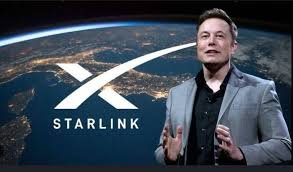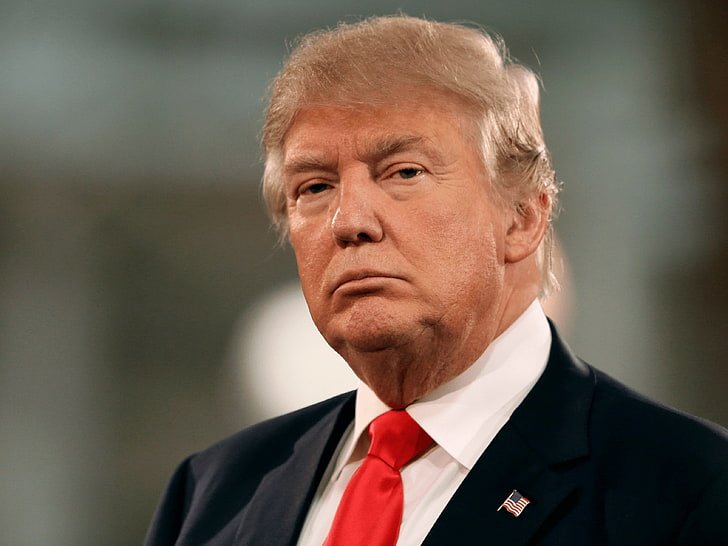India Grants License to Elon Musk’s Starlink: A New Era for Satellite Internet and Digital Connectivity
New Delhi, June 2025 — In a major development that could reshape India’s internet infrastructure, the Government of India has officially granted Elon Musk’s Starlink a license to operate in the country. This long-anticipated move brings Starlink one step closer to launching high-speed satellite internet across India, particularly targeting underserved and remote regions.
The announcement was confirmed by India’s Communications Minister, Jyotiraditya Scindia, following a high-profile meeting with Gwynne Shotwell, Chief Operating Officer of Starlink’s parent company, SpaceX. Shotwell described the license as a “promising start” and emphasized Starlink’s dedication to supporting India’s digital transformation through innovation and inclusivity.
What Is Starlink?
Starlink is a satellite-based broadband internet service developed by SpaceX, the aerospace company founded by Elon Musk. Unlike traditional fiber-optic or cellular-based internet services, Starlink delivers high-speed internet using low-Earth orbit (LEO) satellites. These satellites orbit much closer to Earth than traditional satellites, significantly reducing latency and improving speed.
With over 5,000 satellites already in orbit and plans to launch thousands more, Starlink aims to provide global internet coverage, especially in regions where conventional broadband infrastructure is lacking or too expensive to implement.
Why Is Starlink Important for India?
India is the second most populous country in the world and one of the fastest-growing digital economies. However, digital inequality continues to persist. While metro cities and tier-1 towns enjoy reliable internet access, rural and remote areas still struggle with slow or unreliable connections.
According to the Telecom Regulatory Authority of India (TRAI), more than 40% of rural households still lack access to high-speed internet. Traditional telecom providers face challenges in deploying fiber-optic lines in remote terrains, hilly regions, or tribal areas due to high costs and logistical difficulties.
This is where Starlink can make a difference.
By offering satellite-based broadband, Starlink can beam internet signals directly from space to a small dish installed at homes, schools, or community centers—eliminating the need for cables or towers. This makes it particularly suitable for regions like:
-
The Himalayan belt
-
Deserted rural Rajasthan
-
The Northeastern states
-
Forested tribal zones in Chhattisgarh and Jharkhand
-
Remote islands in Andaman and Lakshadweep
The Road to Licensing: A Journey of Negotiation and Strategy
Starlink’s journey to receive official approval in India has not been smooth. In 2021, Starlink began accepting pre-orders in India even before acquiring regulatory clearance, which prompted the government to issue a warning and demand refunds from early customers.
Learning from that misstep, Starlink restructured its approach. It halted pre-bookings, hired a local leadership team, and began engaging directly with Indian regulatory bodies including:
-
The Department of Telecommunications (DoT)
-
The Ministry of Communications
-
TRAI
-
The Ministry of Home Affairs (for security clearance)
After months of negotiations, infrastructure planning, and consultations on legal compliance, the license was finally granted in June 2025.
Starlink’s Partnerships With Jio and Airtel
To accelerate its rollout in India, Starlink has formed strategic partnerships with leading telecom players, Reliance Jio and Bharti Airtel. These alliances are expected to:
-
Help Starlink access Jio and Airtel’s tower and ground infrastructure
-
Enable smoother coordination with local authorities
-
Expand coverage more rapidly and cost-effectively
-
Offer bundled services with existing telecom packages
While the details of these partnerships remain confidential, industry insiders suggest that Starlink may initially operate as a business-to-business (B2B) service provider to schools, government offices, and rural health centers before opening up to individual consumers on a larger scale.
Spectrum Allocation: A Point of Contention
Despite the official license, spectrum allocation remains a major hurdle for Starlink’s smooth entry into the Indian market. In India, spectrum—i.e., radio frequencies used for data transmission—is a government-owned resource that is usually auctioned to telecom companies.
Elon Musk has advocated for non-auctioned spectrum for satellite broadband providers, arguing that such services should be treated as infrastructure, not commercial businesses. This position has brought him into disagreement with Mukesh Ambani, the billionaire owner of Reliance Jio, who believes all spectrum must be auctioned to maintain fair competition.
The outcome of this debate will have significant implications. If the Indian government opts for an auction model, it may slow down Starlink’s expansion and raise operational costs. However, if a hybrid or special allocation method is adopted for satellite internet, it could open the door for faster and more affordable deployment.
US Lifts Ban on Student Visas with This New Rule
Read This Artical
A Step Toward “Digital India”
India’s flagship program, Digital India, launched in 2015, aims to transform the country into a digitally empowered society and knowledge economy. Starlink’s arrival aligns with several of Digital India’s core goals, including:
-
Bridging the rural-urban digital divide
-
Providing universal access to internet infrastructure
-
Enabling e-governance and digital literacy
-
Supporting online education, telemedicine, and e-commerce
In this context, Starlink’s high-speed satellite service could prove revolutionary. It can bring reliable internet to places that have remained disconnected for decades, empowering millions of citizens with access to information, services, and opportunities.
Potential Impact on Sectors
-
Education
In rural India, thousands of schools still lack reliable internet access. Starlink could provide connectivity for digital classrooms, online learning platforms like DIKSHA, and smart learning tools. -
Healthcare
Telemedicine services can be significantly enhanced in remote areas. Primary Health Centers (PHCs) could use Starlink to connect with specialists in urban hospitals, improving diagnosis and treatment. -
Agriculture
Farmers can use satellite internet for weather updates, crop prices, smart irrigation tools, and government subsidies—paving the way for more informed and sustainable farming practices. -
Disaster Management
During natural disasters like floods, earthquakes, or cyclones, traditional communication networks often fail. Starlink’s satellite-based system can remain operational and assist rescue and relief operations. -
Defence and Border Areas
Starlink can play a key role in providing secure internet to army posts and border stations in difficult terrain where optical fiber is impractical.
Regulatory and Security Challenges
While the promise is great, experts warn that security and surveillance issues need to be addressed. Satellite-based internet could pose monitoring challenges for Indian intelligence agencies. The Ministry of Home Affairs has reportedly asked Starlink to comply with:
-
Local data storage regulations
-
Government monitoring protocols
-
Encryption standards used in communication
-
Restrictions on foreign ownership in sensitive sectors
To reassure the Indian government, Starlink is reportedly considering setting up local ground stations and data centers within India’s jurisdiction to meet security and data localization norms.
Tesla’s Parallel Entry in India
Interestingly, Starlink’s licensing comes at a time when Tesla, another company founded by Elon Musk, is also gearing up for its debut in the Indian electric vehicle marketLicens License.
Tesla is in advanced talks to establish a manufacturing facility in Maharashtra or Gujarat. The Indian government has also reduced import duties on EVs under a new policy, encouraging global automakers to “Make in India.”
If both Tesla and Starlink successfully establish operations in India, it would mark a double win for Elon Musk—signaling a major expansion of his business empire in one of the world’s largest emerging markets License.
The Global Context: Race for Satellite Internet
Starlink is not alone in the race to provide global satellite broadband. Several competitors are also eyeing the Indian market, including:
-
Amazon’s Project Kuiper
-
OneWeb (backed by the UK Government and Bharti Airtel)
-
Telesat of Canada
-
China’s GW and Hongyun projects
India could become a battleground for satellite broadband, as companies compete to deliver fast, reliable, and affordable internet to millions License.
Public Reactions and Market Expectations
The Indian public has responded with cautious optimism. On social media, many users expressed hope that Starlink could end their years of frustration with slow rural internet. However, concerns remain about pricing, availability, and installation logistics.
Initial Starlink pricing in other countries has ranged between $90 to $120 per month. In India, where affordability is crucial, the company may need to subsidize costs or launch tiered plans to attract mass adoption License.
The Indian startup ecosystem is also excited about new possibilities. Remote work, e-learning platforms, rural fintech, and content delivery businesses may benefit from improved connectivity License.
With India officially granting a license to Starlink, a new chapter has begun in the nation’s journey toward universal digital access. This move holds the potential to radically transform the internet landscape, especially for the 600+ million people living in rural India License.
If executed well, Starlink can become a cornerstone of Digital India—enabling education, innovation, and economic participation from every corner of the country. Yet, its success will depend on how well it navigates regulatory challenges, pricing strategy, and partnerships with local stakeholders License.
One thing is certain: India’s digital sky just got a lot more interesting.




